Here is how to judge when to act during a cold snap.
Across the UK, the first proper snowfall often arrives with a mix of delight and dread. White lawns look serene, but gardeners know cold snaps can test shrubs and trees, especially after repeated frosts. The dilemma lands fast in the morning light. Brush it off or leave it be.
The right response depends on the kind of snow, where it sits, and the plants you are growing. Some coverings help, others harm, and timing matters. Here is the calm, practical guidance to carry you through December to February without needless damage. You may be surprised.
When to leave snow on plants and why this counterintuitive move protects roots
Not every plant needs rescuing after a flurry. Most hardy plants will tolerate light snow and keep ticking over in winter dormancy. A small layer, roughly one or two inches, acts like natural insulation for beds and borders and helps shield perennial crowns from sharp overnight cold.
Clearing this kind of powdery cover can do more harm than good. Scraping it away exposes soil and stems to wind and freezing air just when they are settled. If the snow is light and fluffy, step back and enjoy the view from indoors. It make sense to wait and watch.
This is especially true after a gentle fall where no bending or sagging is visible. The garden benefits quietly while you keep your boots dry.
Heavy snow on evergreens, the small move that saves branches
Weight changes the story. Heavy snow builds up on evergreens because foliage holds it like a net, and that load can bend or snap branches. Younger shrubs feel it most, as their framework has not fully toughened through several winters.
On these days, head out little and often. Use your hand or a soft broom and brush upwards to flick snow free from the canopy. That upward motion avoids forcing limbs down where they are already stressed. A gentle shake can work, but brittle wood in deep winter can crack, so go easy.
Short, regular checks beat a big clean once the thaw begins. You remove weight before ice forms, and you prevent one heavy lump from doing the damage you tried to avoid.
The hidden roofline hazard that flattens shrubs overnight
Plants tucked beneath the roofline face a different risk. Snow that collects on a sloping roof often slides off in a sudden sheet when temperatures lift, and the drop can crush anything beneath in a second. That includes deciduous and evergreen choices by front doors and patio edges.
A temporary barrier makes a quiet difference. Use canes or poles to rig a simple tent and stretch protective frost cloth so it sheds falling slush to either side. It is not pretty, but it can be the difference between a mature shrub and a broken frame. Remove the cover once the risk passes and let air flow return.
Where possible, plan your winter path so you do not tread compacted snow onto beds while you work. Light footprints freeze hard and linger longer than you think.
Lights and pots in a cold snap, what to try and what to avoid
Some gardeners turn to lights for spot protection on structural plants. If you go down that route, use non-LED bulbs and make sure lights do not touch foliage. Festoon lights and Christmas strings can add a little warmth that discourages build up, but leaving them in place for a long stretch is not advisable.
Container choices also need a watchful eye. While most shrubs in pots tolerate a dusting, evergreens in exposed spots can struggle once snow piles up. If you can, shift pots nearer the house for a touch of shelter and reflected heat, and check them after each fall rather than waiting for the weekend.
Keep winter care simple and repeatable, especially when forecasts flag a cold spell. Small routines spare big repairs later.
- Leave light snow where it lies to protect roots, but brush off heavy snow from evergreens with an upward sweep
A few final reminders for calm winter care. You do not need to protect every plant from frost or snow, only the ones that show strain or sit under known hazards. Check vulnerable spots after each fall, rather than once the thaw starts, and keep your tools gentle so you do not turn a cold snap into a pruning session you never wanted.

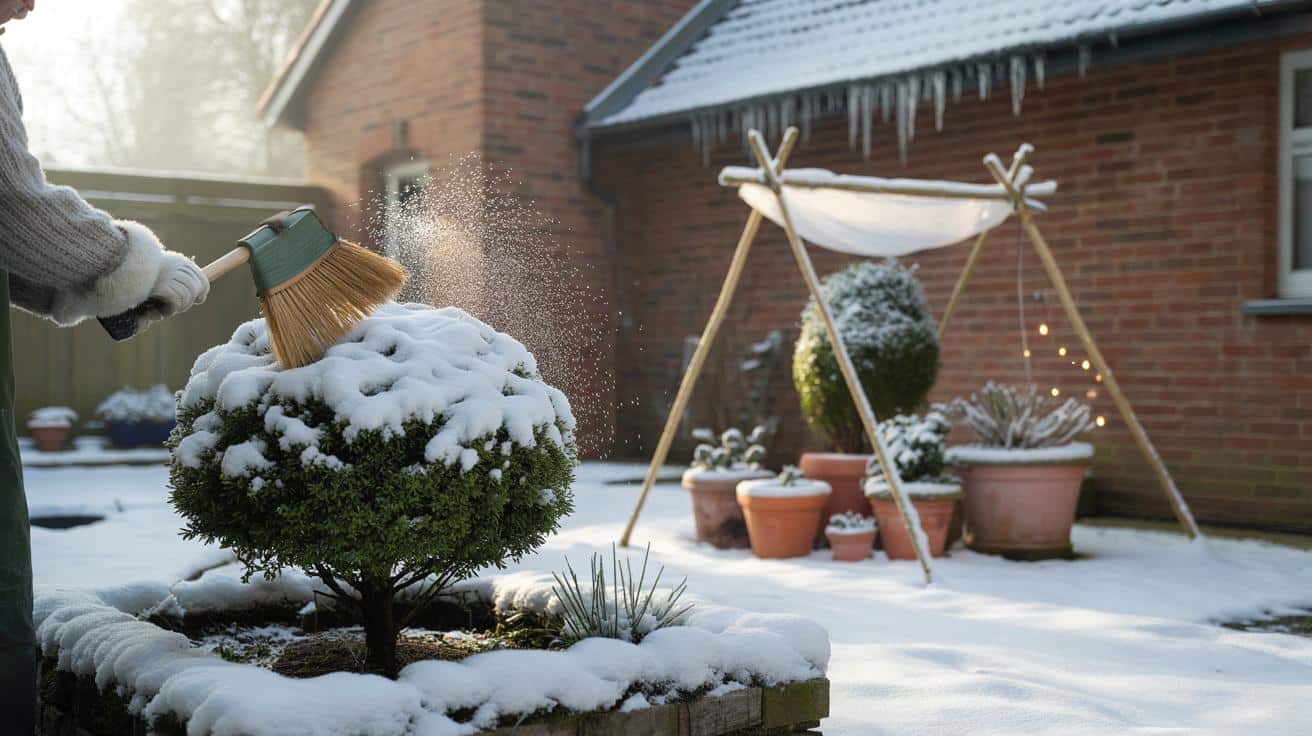


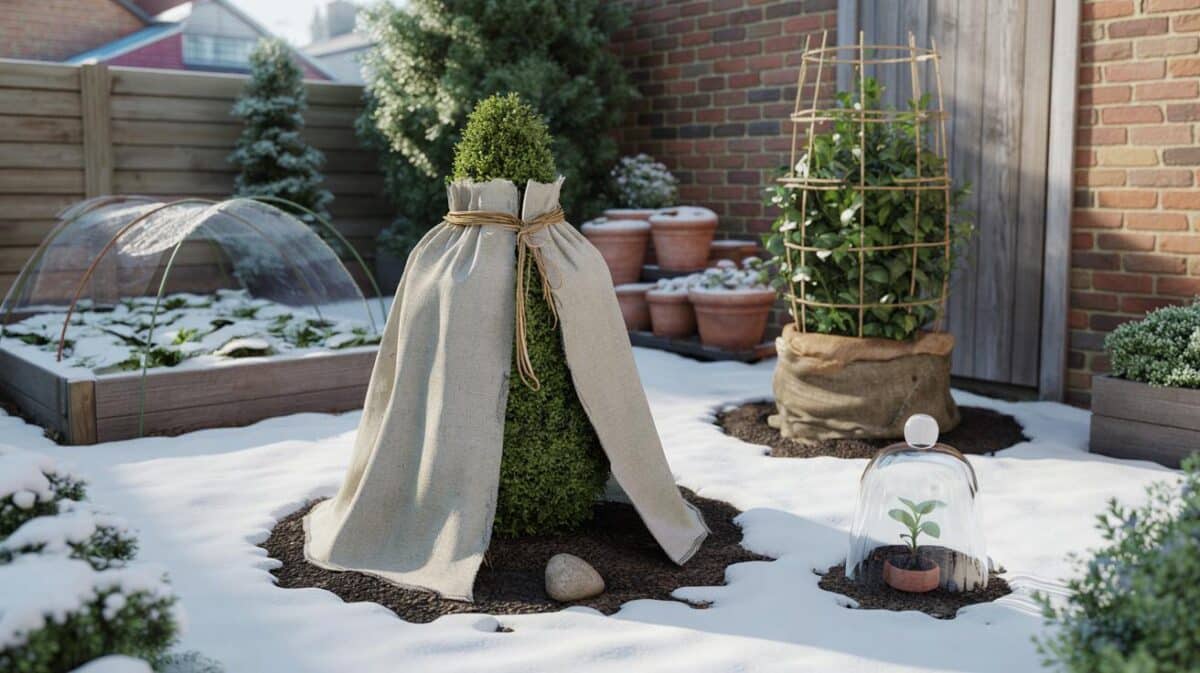
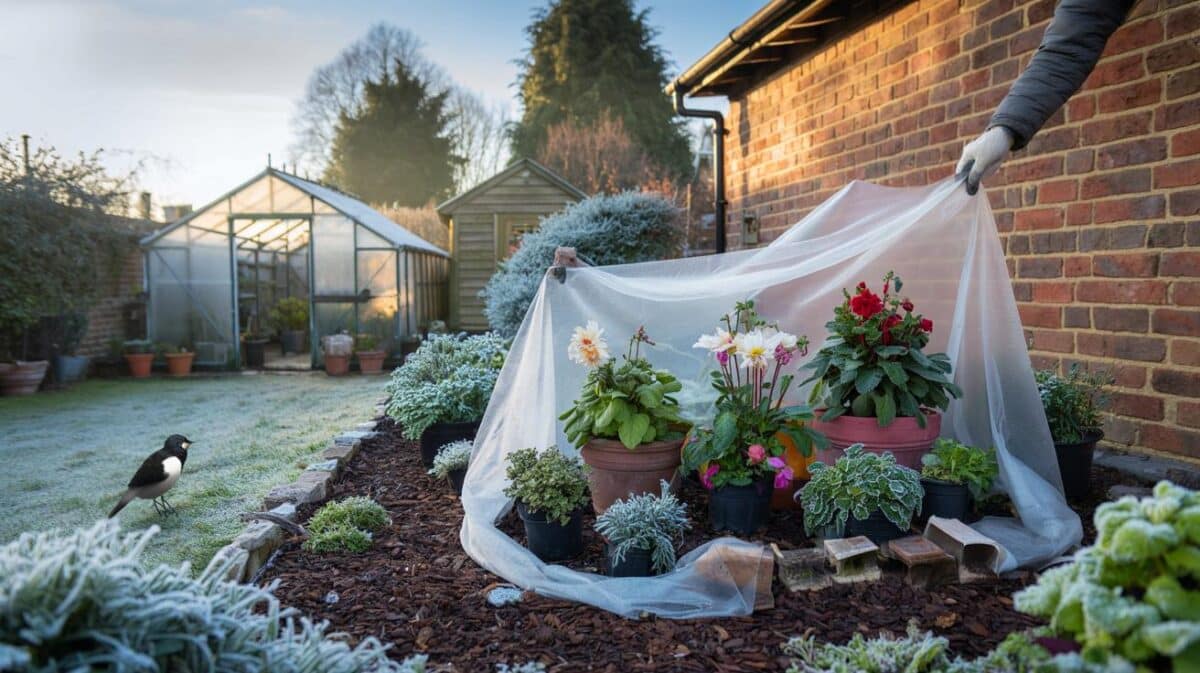
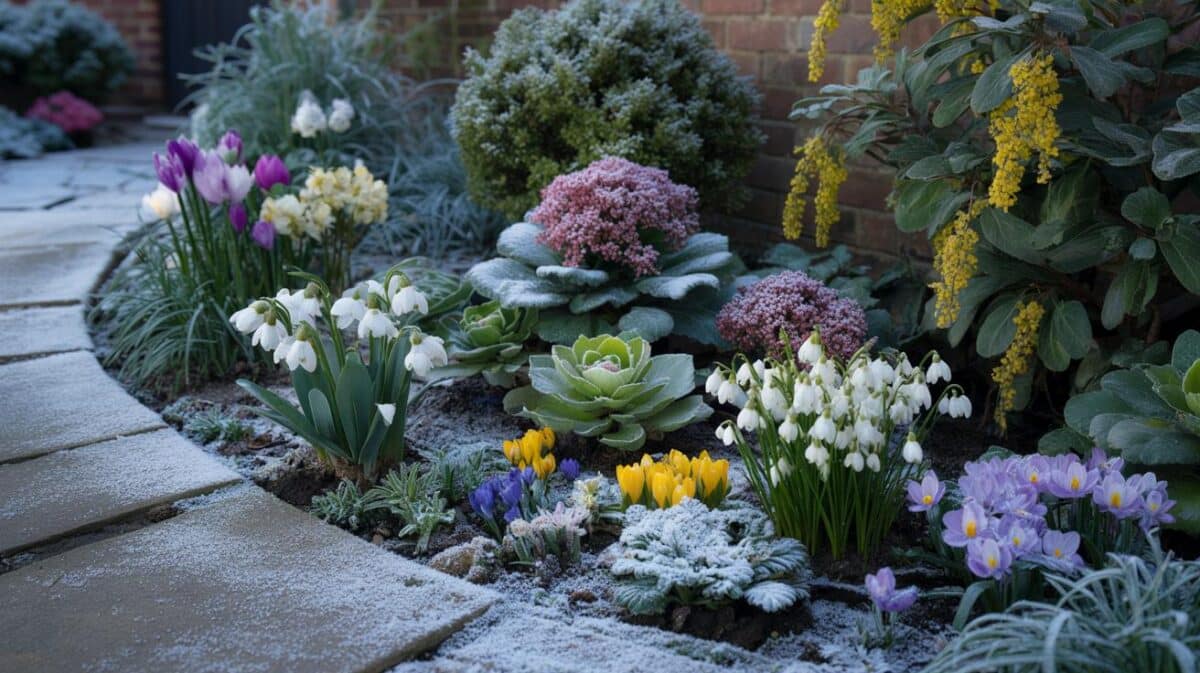

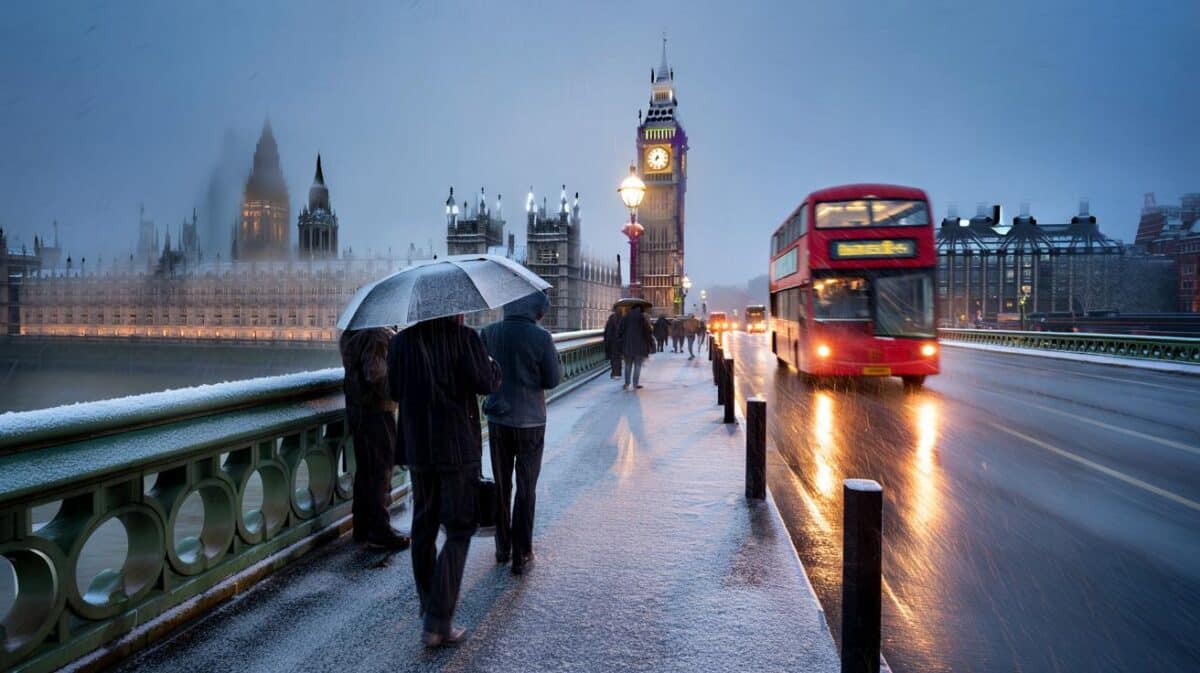

Love the calm advice here—never thought a fluffy inch or two could act as insualtion for beds. I’ve been guilty of scraping it off too soon. This winter (hello 2025!) I’ll try the ‘step back and watch’ approach and save my boots. Thanks for the upward sweep tip on evergreens, too 🙂
Quick question: why recommend non-LED lights for a touch of warmth? Isn’t that a fire risk if foliage gets close, and also pretty energy-inefficent in 2025? Do you have data on how many degrees they actually add, or safer alternatives (horticultural fleece, cloches)? I’m a bit sceptical about string lights as protection.